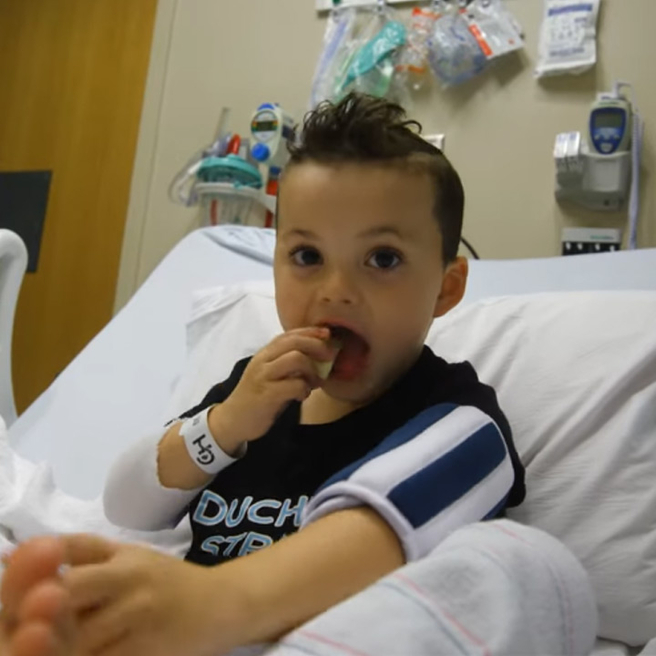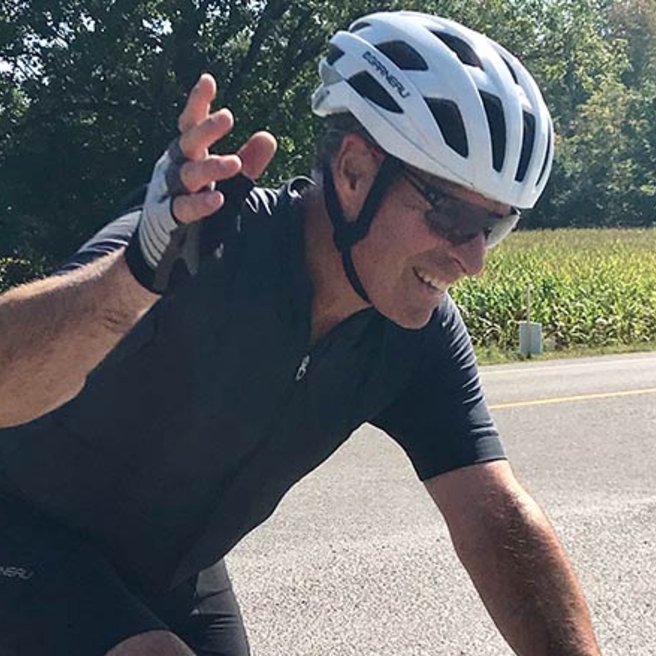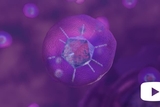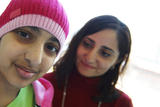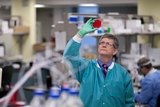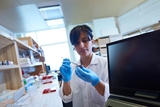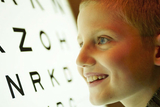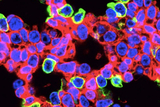Clinical In Vivo Gene Therapy

The Clinical In Vivo Gene Therapy (CIGT) group at Children's Hospital of Philadelphia (CHOP) is dedicated to advancing clinical in vivo gene therapy. In vivo gene therapy involves directly infusing a new, corrected gene into a child’s body, with the goal of stopping disease or making it less severe. Through industry partnerships and clinical trials, CIGT seeks to make transformative discoveries and build upon CHOP’s legacy as a leader in this field.
Led by experts with extensive experience in gene therapy clinical trials, our team aims to offer more breakthrough therapies to our patients sooner, by streamlining complex gene therapy trials and ensuring licensed gene therapies are available in our clinics.
How we serve you
We partner with programs throughout CHOP to make game-changing advances.
Conditions we treat
We constantly strive to create more in vivo gene therapy options for children with a variety of conditions.
- Choroideremia
-
Congenital adrenal hyperplasia (CAH) - Danon disease
-
Duchenne muscular dystrophy (DMD) -
Glycogen storage disease - GM1 gangliosidosis
-
Hemophilia A -
Hemophilia B -
Inherited retinal dystrophy - Krabbe disease
- Leber congenital amaurosis
- Limb girdle muscular dystrophy
-
Mucopolysaccharidosis Type II (MPS II) - Multiple sulfatase deficiency (MSD)
- OTOF-mediated hearing loss
-
Spinal muscular atrophy (SMA) - Type 2 spinal muscular dystrophy
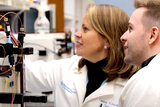
Meet your team
Our experts are at the forefront of clinical in vivo gene therapy breakthroughs.
Our contributions
View this slideshow to see the breakthroughs we've made over the years.
Your donation changes lives
A gift of any size helps us make life-changing breakthroughs and advances our work for children everywhere.

